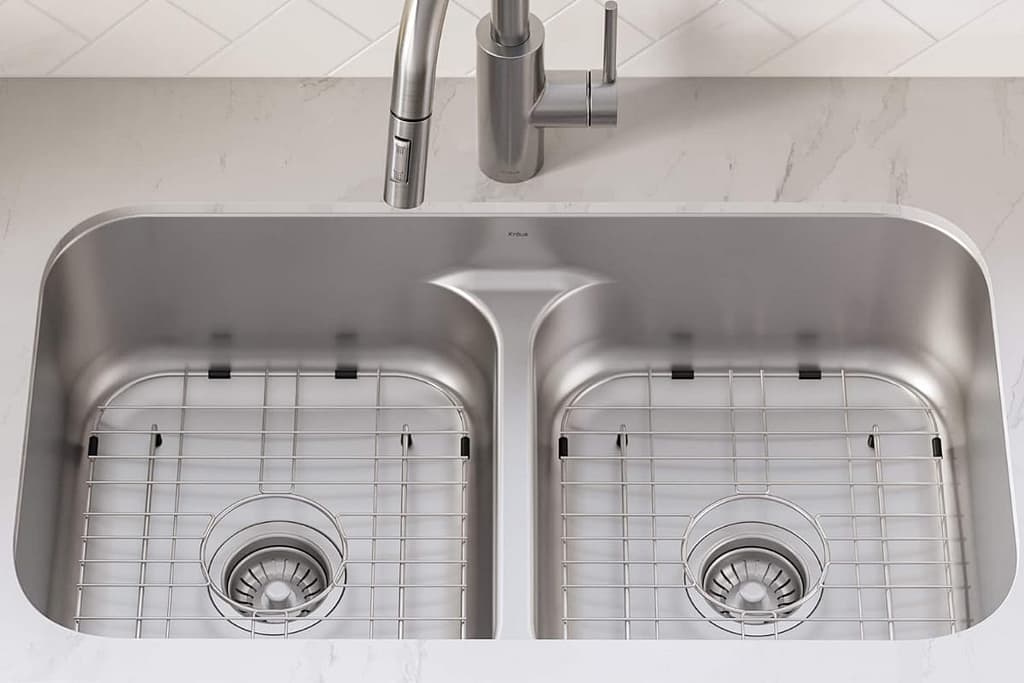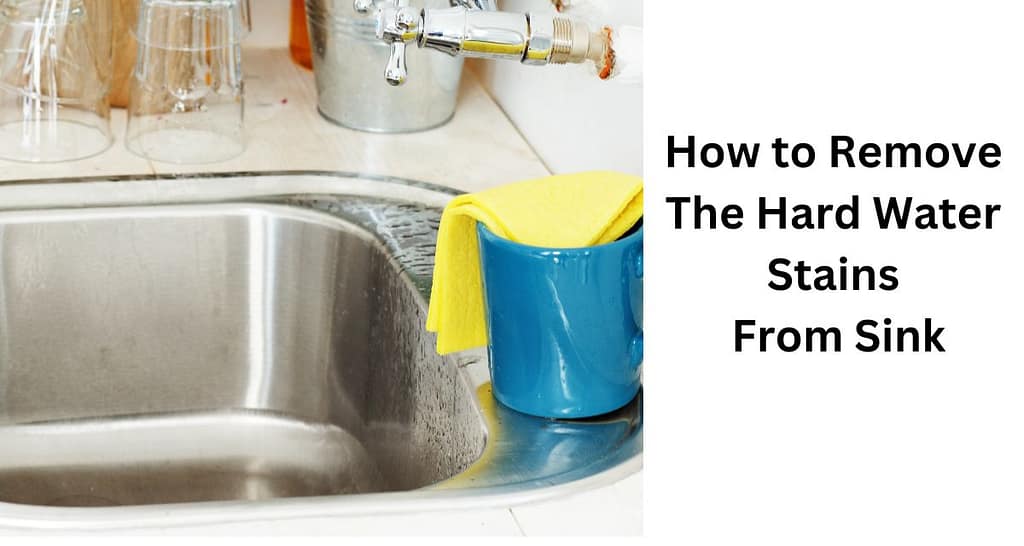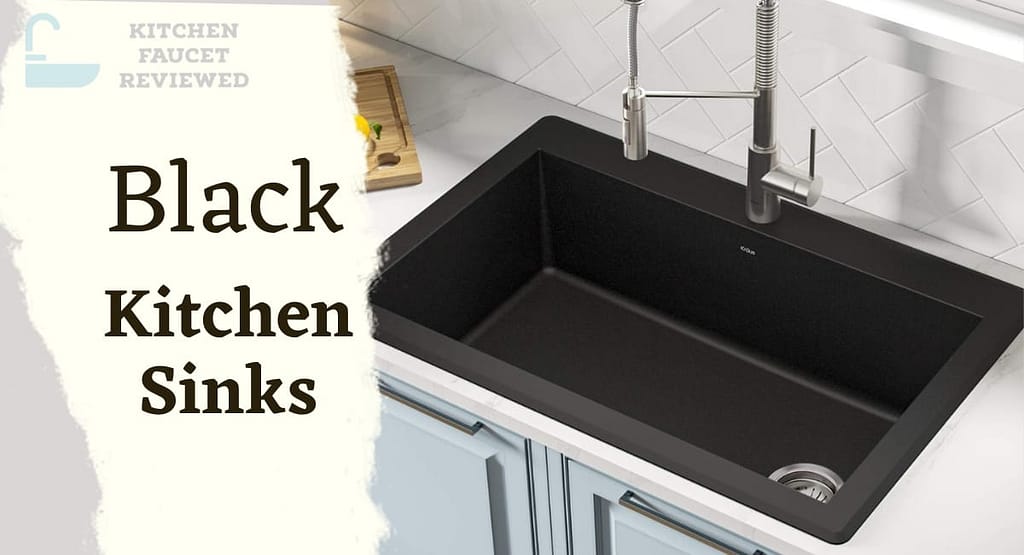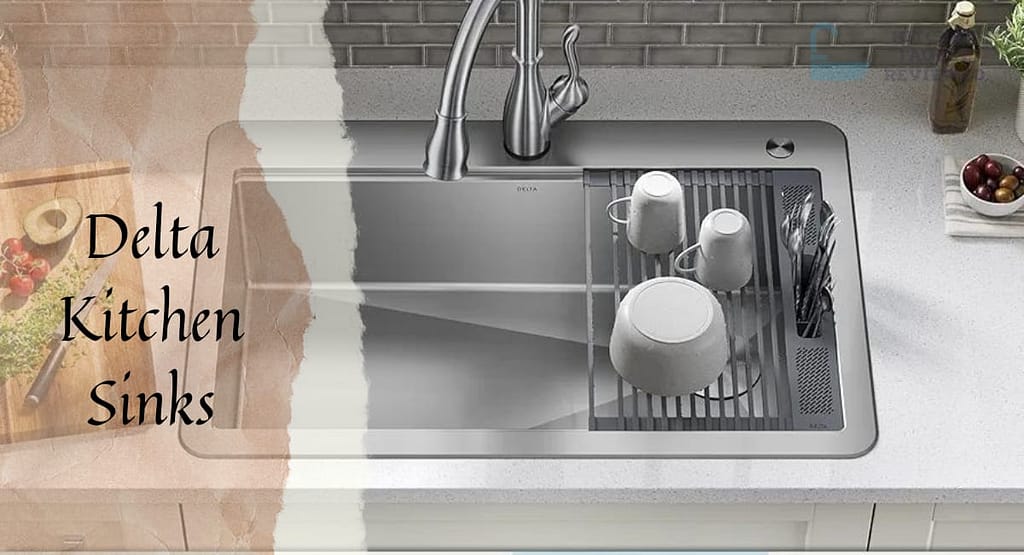When it comes to choosing the right sink for your kitchen, stainless steel sinks are a popular option. Their sleek and timeless appearance, durability, and easy maintenance make them a go-to choice for many homeowners. However, like any other product, your stainless steel sinks come with their own set of pros and cons. In this blog, we’ll explore the pros and cons of stainless steel sinks, helping you make an informed decision for your kitchen upgrade or renovation project.
What are the Pros and Cons of Stainless Steel sinks

Pros of Stainless Steel Sinks:
1. Durability:
One of the primary advantages that we all know of stainless steel sinks is their resistance to chipping, cracking, and rust. Unlike other sink materials, stainless steel can withstand the rigors of daily life in the kitchen without losing its strength or integrity. This makes stainless steel sinks a long-lasting and reliable option for any kitchen.
The robust nature of stainless steel sinks not only ensures their longevity but also makes them an excellent investment. By choosing a stainless steel sink, you can enjoy years of use without the need for frequent repairs or replacements. This not only saves you money in the long run but also provides peace of mind knowing that your sink will continue to perform admirably for years to come.
So, if you’re looking for a durable and long-lasting sink option for your kitchen, stainless steel is the way to go. Also, read Pros and Cons of Undermount Kitchen Sink.
2. Easy to clean:
Another one of the standout features of stainless steel kitchen or bathroom sinks is their ability to maintain their shiny appearance with minimal effort. Your simple wipe-down using mild soap and water is all it takes to keep them looking pristine. This convenience means you can spend less time scrubbing and more time enjoying your kitchen.
These sinks are also highly resistant to stains, which is a huge benefit in a bustling kitchen environment. Whether it’s a splash of tomato sauce or a coffee spill, stainless steel sinks can handle it with ease. The non-porous surface of stainless steel prevents stains from penetrating, making cleanup a breeze.
Furthermore, stainless steel sinks are not prone to harboring bacteria or odors. Their smooth surface makes it difficult for germs to latch on, ensuring a hygienic and clean environment in your kitchen.
By choosing a stainless steel sink, you’re opting for a low-maintenance option that will keep your kitchen looking fresh and welcoming.
Also, check Pros and Cons of Blanco Silgranit Sink.
3. Hygiene:
In addition to their durability and easy maintenance, the 3rd advantage that I got is excellent hygiene. The non-porous surface of stainless steel is a key feature that sets it apart from other sink materials.
The non-porous nature of stainless steel means that it does not harbor bacteria, mold, or mildew. This makes it an ideal choice for maintaining a clean and hygienic kitchen environment. When you choose a stainless steel sink, you can be confident that it can be thoroughly cleaned and sanitized, eliminating any potential health hazards.
Cleaning a stainless steel sink is a simple process. With just a few wipes using mild soap and water, you can easily remove any dirt or residue. Unlike other sink materials, stainless steel doesn’t provide a breeding ground for bacteria due to its smooth and non-porous surface.
4. Versatility:
The 4th benefit that I picked is the versatility. They come in a wide range of designs, sizes, and configurations, making it easy to find the perfect match for your kitchen style and needs.
When it comes to design, stainless steel sinks offer endless possibilities. You can choose from sleek and minimalist designs to more ornate and decorative options, allowing you to create a cohesive look in your kitchen.
Size is another important consideration, and these type of sinkscome in various sizes to accommodate different kitchen layouts. Whether you have a compact kitchen or a spacious one, there is a stainless steel sink that will fit perfectly. From smaller single-bowl sinks to larger double-bowl or even farmhouse-style sinks, you can choose the size that best suits your cooking and cleaning needs.
The configuration of the sink is also a factor to consider. Stainless steel sinks offer flexibility in terms of configuration, allowing you to select the layout that works best for you. Whether you prefer a single bowl for simplicity or a double bowl for multitasking, you can find the configuration that matches your preferences.
Cons of Stainless Steel Sinks:
Prone to scratches:
While stainless steel sinks are known for their durability, it’s important to note that they are susceptible to scratches, which can be considered a disadvantage. Our Sharp utensils or abrasive cleaning materials can leave marks on the surface of the sink.
However, the good news is that most scratches on them can be easily buffed out or become less noticeable over time. There are special products and techniques available to help restore the sink’s smooth and shiny appearance. Regular cleaning and maintenance can also help prevent minor scratches from becoming more prominent.
To minimize the risk of scratches, it’s recommended to use cutting boards and avoid directly cutting or chopping on the sink’s surface. Additionally, using non-abrasive cleaning materials, such as soft sponges or microfiber cloths, can help preserve the sink’s finish.
While scratches can occur on them, it’s important to keep in mind that these marks are often superficial and can be mitigated with proper care and maintenance.
2. Noise and vibrations:
Another con of them is the potential for noise and vibrations when water hits the surface. This may be a concern for individuals, particularly those with open-concept kitchens or kitchens situated near living spaces.
When water makes contact with stainless steel, it can create a sound and slight vibrations. However, it’s important to note that modern sink designs often incorporate soundproofing features to address this issue. These features help minimize noise and vibrations, allowing for a quieter and more pleasant kitchen experience.
If noise reduction is a top priority for you, it’s recommended to look for stainless steel sinks that specifically advertise soundproofing capabilities. These sinks usually come with added insulation or padding materials that absorb the sound and vibrations, resulting in a quieter washing and cleaning experience.
Additionally, other factors such as the installation method and the type of faucet used can also contribute to noise reduction. Ensuring proper installation and opting for a high-quality faucet with noise-reducing features can further minimize any potential noise and vibrations.
3. Water spots:
The 3rd drawback to consider when it comes to stainless steel sinks is the potential for water spots. While they are generally resistant to stains, they are not completely immune to the effects of hard water. Hard water contains minerals that can leave behind deposits, leading to unsightly spots on the sink surface.
However, there are ways to address and prevent this issue. Regular cleaning and drying of the sink can help minimize the appearance of water spots. After each use, simply wipe down the sink with a soft cloth or towel to remove any water droplets and prevent mineral buildup.
If water spots do occur, there are effective cleaning methods to restore the sink’s shine. One common approach is to use a mixture of water and vinegar or a mild stainless steel cleaner. Gently scrubbing the affected areas with a soft sponge or cloth can help remove the water spots and restore the sink’s pristine appearance.
To prevent future water spots, you can also consider using a water softener or installing a filtration system to reduce the mineral content in your water supply. This can significantly minimize the occurrence of water spots and make cleaning the sink easier.
4. Higher initial cost:
One thing to consider when choosing a sink material is the initial cost, and stainless steel sinks may have a slightly higher price tag compared to other options. However, it’s important to recognize that this upfront investment can be outweighed by the long-term benefits it provide.
While they may require a larger initial investment, they offer exceptional durability and longevity. Stainless steel is known for its robustness, making it resistant to dents, cracks, and corrosion. This means that your stainless steel sink will maintain its quality and appearance for many years, reducing the need for frequent replacements.
By choosing a stainless steel sink, you’re making a cost-effective investment in the long run. Its durability ensures that you won’t have to worry about replacing it anytime soon, saving you money on potential repairs or replacements that may be required with other sink materials.
Moreover, these sinks are relatively low-maintenance, which further contributes to their cost-effectiveness. They are easy to clean and don’t require special cleaning products or treatments. This means you won’t have to spend extra on expensive cleaning supplies to keep your sink looking pristine.
In addition, stainless steel sinks are highly resistant to stains, making them less likely to require costly maintenance or professional cleaning services. This can save you both time and money in the long term.





